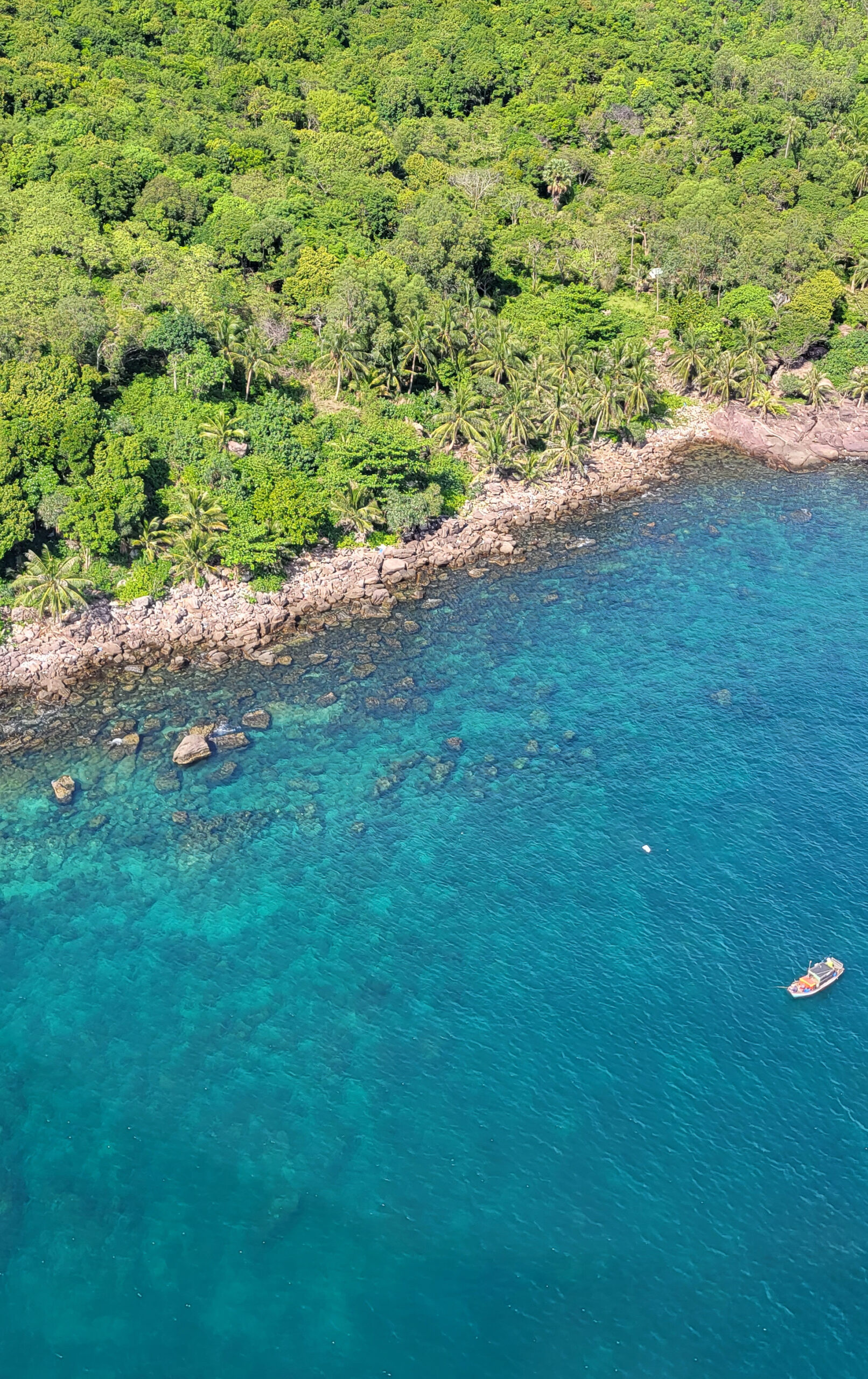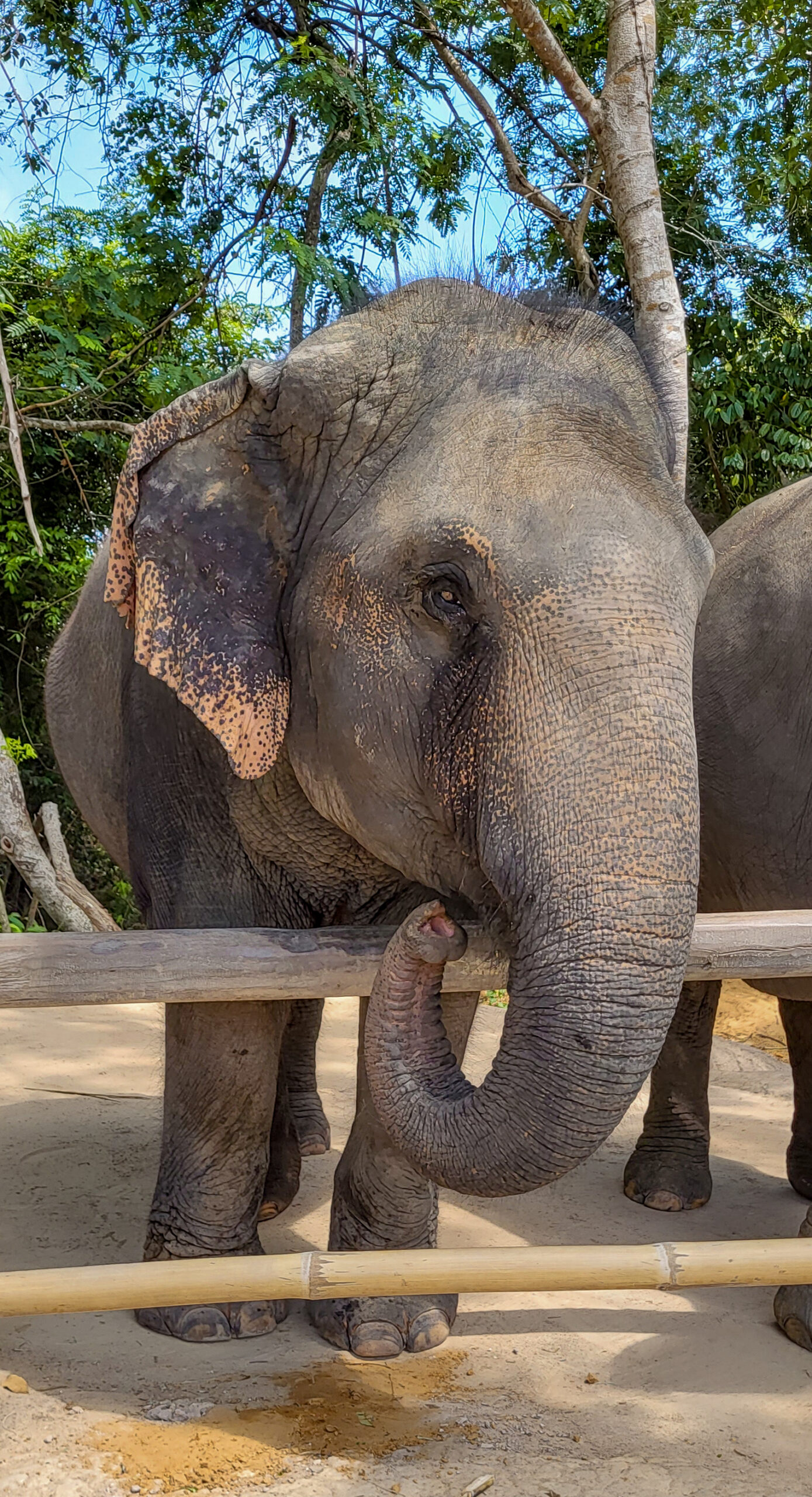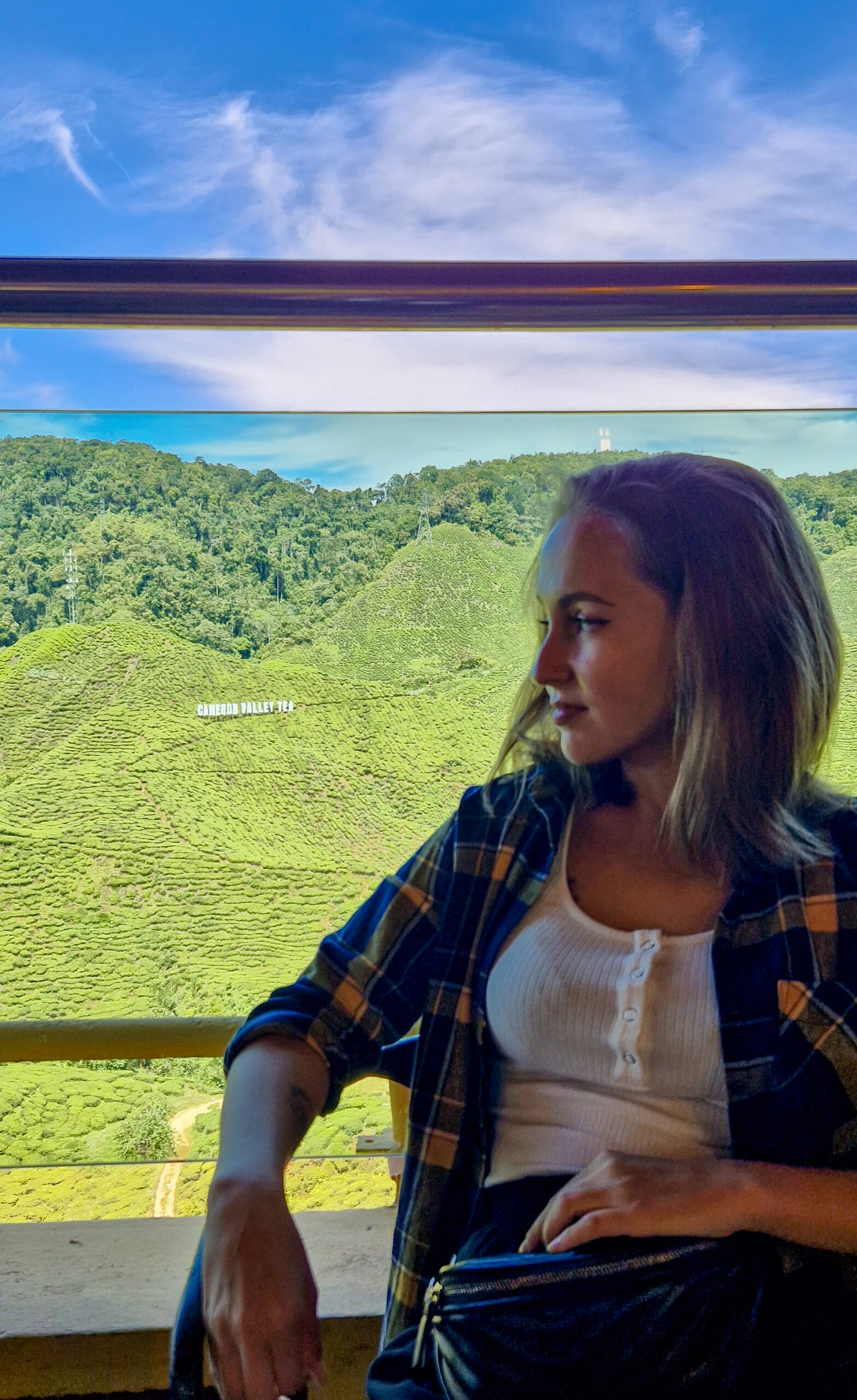What is Kulen Elephant Forest?
Kulen Elephant Forest is an elephant sanctuary located near the Kulen mountain range, about 40 kilometers north of the city of Siem Reap in Cambodia. The exact location of the center itself is not given due to the protection of the sanctuary’s residents.
The entire reserve is over 400 hectares of forest, which has once again become a home for elephants. As of 2019, it’s home to animals that were once kept in captivity and used for mass tourism at Angkor temples.
Historical overview
Angkor Wat is the world’s largest temple complex built by the Khmer Empire in the late 12th century. The area of the complex is over 162 hectares, so it is practically impossible to explore it on foot. Today, tuk tuks with hired drivers, bicycles and scooters have become common methods of getting around the facility. Just a few years ago, in 2019, elephants were also one of the ways to get around temples.
The giant animals generated enormous income for their owners, who used them as living tourist attractions for years. Although the „attraction” of visiting the complex on the back of an elephant was not cheap, there was never a shortage of willing participants.
It cannot be denied that riding an elephant in such a spectacular place as Angkor is certainly a moment that will remain in a tourist’s memory forever. A moment based on the harm and suffering of elephants. The situation in which tourism directly causes harm to animals is absolutely reprehensible and condemnable. There was even a situation where one of the animals used died in front of tourists due to high temperatures and fatigue. To make matters worse, they were trained to perform impressive tricks.
Fortunately, Cambodian authorities decided to make a move to protect these gentle giants and finally banned the rides. They were transported to places where animal rescue organizations took over their care. The most important of these places is Kulen Elephant Forest.
How to get to Kulen Elephant Forest?
There are two ways.
- Entering the official website of the reserve and booking your chosen visit HERE. You can choose between a morning or afternoon visit,
- Visit the office located in Siem Reap, specifically HERE, and book a visit.
Personally, I suggest the second option, because the tour starts from this location, so it’s better to visit it first. The conditions of participation clearly state that they don’t wait for latecomers. The office is not particularly noticeable from the street. We managed to find this place, mainly because of the off-road cars parked nearby.
How much does a visit to elephants cost?
For a morning or afternoon visit to Kulen Elephant Forest, you will pay $80 per person. The price includes:
- Round-trip transportation,
- Meeting the animals and snacks to feed them,
- Lunch.
The entire trip takes approximately 5 – 6 hours.
You will find out why the price is high later.
What does the visit look like?
The road to the elephants
Once you have purchased the trip for the day you choose and arrive at the meeting point at the right time, you will have an hour’s ride. As I wrote earlier, the exact location of the sanctuary is not given due to concern for animals. Access to the reserve is not marked in any way, and there are no turn signals on the road. Getting to the facility on your own is very difficult. Part of the route leads through the characteristically red Cambodian wilderness.

At one point, the bus driver enters a side road. The road leads through the forest until the bus stops and drops the guests off in the middle of the greenery. You’re led by an employee of the reserve and after a while you are sitting in a modest „waiting room”.
In the main building of the reserve there are toilets, a souvenir shop, and a table where you can prepare snacks for the elephants and then eat lunch.
You can’t go empty-handed
The actual tour program begins with a few words of introduction. The guide will tell you about who they are, what they do and what their mission is. Then, he will mention something about the animals under his care, briefly describe their unpleasant story and explain the rules in force on site.
IMPORTANT!
Every guest visiting the Kulen Elephant Forest is obliged to sign a declaration of release from liability in the event of any harm caused by an animal.
If the theoretical part is over and the guide answers all the guests’ questions, it’s time to prepare for the meeting with the elephants. As the guide said, guests cannot come empty-handed, so we have prepared snacks for the animals. In addition to bananas and sugar cane, which elephants are fond of, we prepared „power balls”. The’re made of fruit, rice and flour used to feed farm animals.

The next stage is a face-to-face meeting with the elephants. What emotions! I absolutely fell in love with these animals. Gentle, friendly and lovable creatures that have finally retired after years of exploitation. You feed the elephants at the „feeder”, so the first contact with the giants is not so stressful. The truth is that you need to get used to their presence, not them to yours 😉


After feeding, it’s time to go for a walk and observe them in their natural habitat. A short walk in the woods, swimming in the lake, peeping at animal behavior. This is briefly what the stay looks like. At the end you will enjoy a tasty lunch and a nice conversation with a charming and funny guide.
What kind of elephants are in Kulen Elephant Forest?
We know, that these are animals that were once used for rides around Angkor. But it is also worth being aware of how much the years of captivity influenced their psyche.
There are currently 12 elephants in the sanctuary – 2 males and 10 females. Only females are allowed to interact with guests, you probably won’t see any males during your visit. Unfortunately, this is related to their difficult past, which has left its mark on the present.
One of the elephants, the oldest, named Thorng Kham, shows strong aggression towards humans and females from the herd. For this reason, it’s almost separated from the group. He prefers quiet walks in the company of its two guardians, called mahouts. It is worth noting here that females have one guardian each. Don’t be surprised by the chain attached to his leg and the guardian riding on his back. Despite working through human-inflicted trauma, Thorng Kham remains obedient mainly through methods used in captivity.
The second male, Kham Song, is distrustful and doesn’t like people. However, he loves the company of females and it’s very possible that thanks to him the population of the Asian elephant in Cambodia will be restored. The caregivers in Kulen are really counting on it 🙂
The females had various experiences and traumas related to working for humans. Some quickly adapted to the new, better reality, others cannot easily forget about the harm that happened to them. Nevertheless, each of them has become accustomed to people and they do not show aggression. For some of them, contact with people in the sanctuary even had a therapeutic effect.




Is this place ethical?
You may wonder about the ethics of this place because it’s clear, that the elephants have a certain pattern of functioning for the guests. There is no question of doing anything by force. It seems that after years of exploitation by humans, they have a comfortable and peaceful life here. First of all, they have space, nature and care, which they certainly lacked. Its ethical aspect is supported by issues such as:
- Plans to rebuild the population of the Asian elephant species,
- Not practicing bathing with elephants. (Elephants don’t really like it when humans take part in it. For them, just like for people, it is a private matter. The second issue is that bathing together in a water is unhygienic for humans, because elephants often defecate to this water).
- Not sharing about the real location of the facility.


After visiting the Kulen Elephant Forest, I also understood the reason for the relatively high price of the trip. Someone may ask: „Why so expensive?”
BECAUSE NOT CHEAP 🙂
The costs of maintaining such an elephant are, in short, enormous. An elephant eats on average 200 kg of food a day. Actually, they spends most of its time looking for and consuming it. Remember, that each elephant has its own guardians, for whom it is nothing more than a job for which they must be paid! Let’s also add vets, guides, drivers and cleaning staff. Tourism here is essential if the facility wants to sustain itself and, above all, continue to develop. And costs are rising every year. Cambodia was hit hard during the COVID pandemic, which also drove up prices.
In summary, I think this is a place worth visiting. Elephant sanctuaries are especially popular in very touristy Thailand, but Cambodia needs a boost too! If you are traveling in Asia and have both countries in your plans, a visit to Kulen Elephant Forest will be a beautiful adventure and a good deed at the same time 🙂
If you’re already in Cambodia, why not visit Vietnam too?










